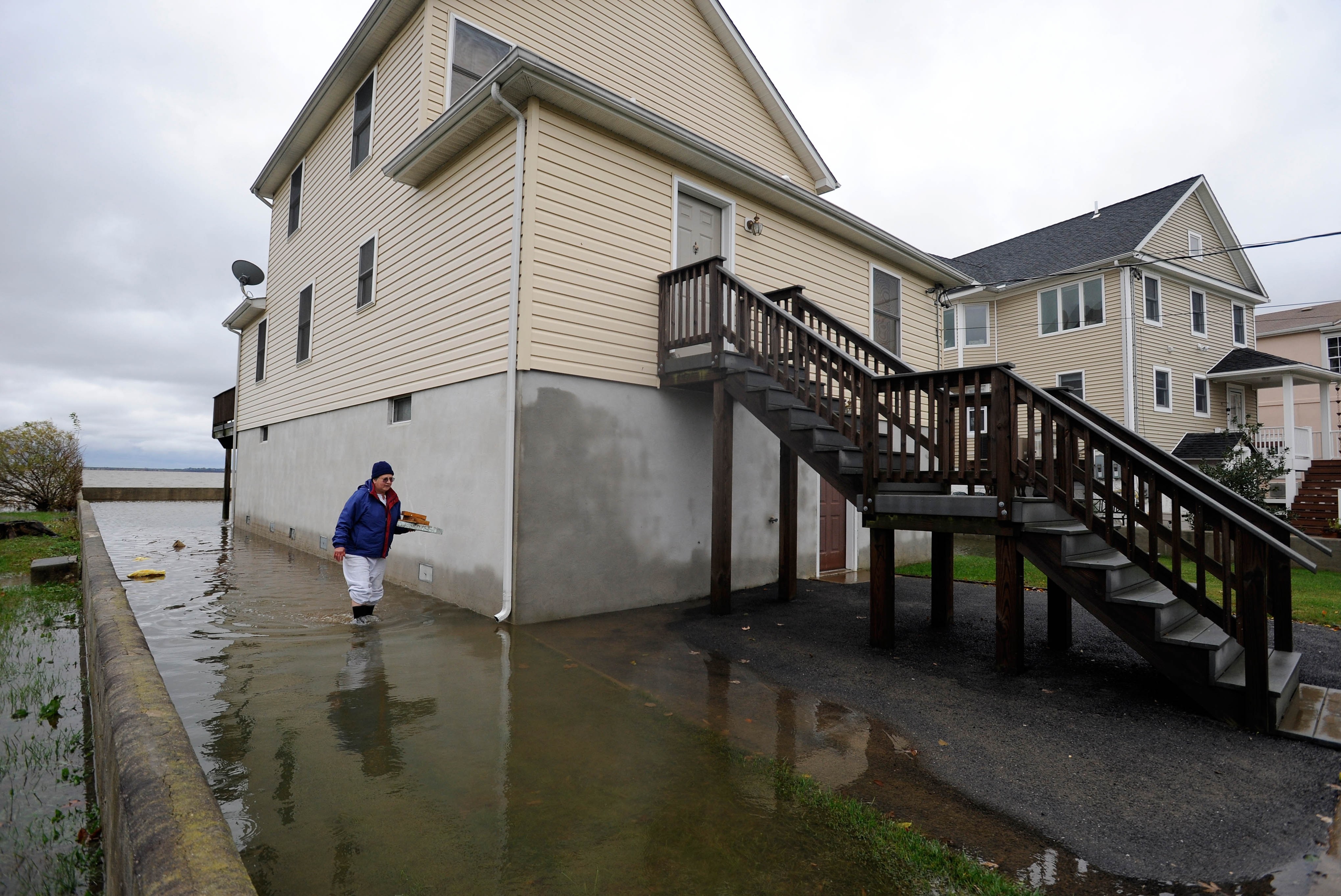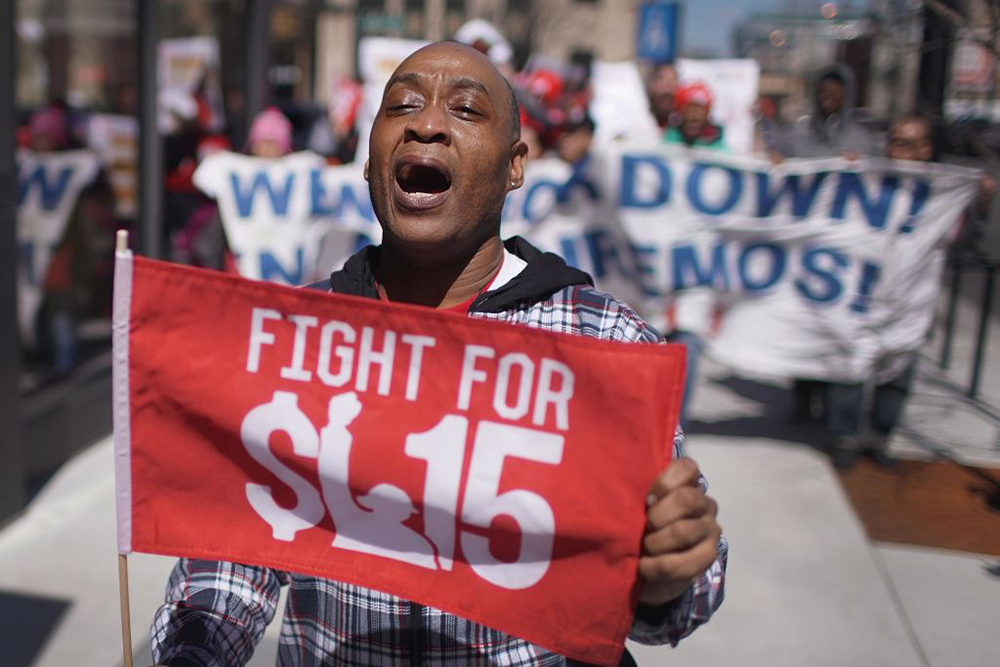Richard McGary lost his home because he wasn’t able to clean his yard.
When McGary lived in Portland, Oregon, a city inspector decided he had too much debris in his yard and cited his home as a “nuisance” property under the city’s local nuisance ordinance. McGary, who was living with AIDS, asked volunteers from a local AIDS project to help. But before they could clear the yard to the city’s satisfaction, McGary was hospitalized with AIDS-related complications. His patient advocate informed the city that McGary was an individual with a disability and requested more time, but Portland refused. The city issued a warrant for violating the city’s chronic nuisance ordinance, and charged him $1,818.83 for the cost of clean-up. When McGary couldn’t pay, Portland claimed rights to his home — and forced McGary sell it to satisfy his debt to the city.
McGary is just one of many people with disabilities who lose their homes in the estimated 2,000 municipalities across the country with “chronic nuisance ordinances” (also called “CNOs” or “crime-free ordinances”), local laws that punish residents for behaviors the city decides are “nuisances.” Most encourage or even require landlords to evict tenants whose homes are declared a nuisance — and impose fines and fees on landlords if they don’t evict and the infractions continue. In some cases, like McGary’s, cities fine homeowners or place “liens” (a debt attached to a property) to “nuisance” properties, effectively forcing a cash-strapped household to sell their home.
Get Talk Poverty In Your Inbox
Definitions of a nuisance vary widely, but they can include arrests occurring near the property; failing to mow your lawn or maintain your yard; or even calling 911 “excessively.” Broad definitions of “nuisance” behavior can sweep up behavior that simply reflects a tenant’s disability, such as being unable to clean your yard or calling 911 for medical aid. In communities around the country that have utterly failed to fund social workers, substance abuse treatment, or other resources for people to turn to in a crisis, calling 911 may be or seem like the only option — and in cities with chronic nuisance ordinances, they might be evicted for it.
When it comes to calling 911, the threshold number of “excessive” calls may be quite low — for example, in Bedford, Ohio, a property can be declared a “nuisance” after just two 911 calls. After a tenant called 911 twice in three months seeking help because her boyfriend was suicidal, Bedford declared her home a nuisance and fined her landlord. Her landlord began eviction proceedings shortly after. In another case, in Baraboo, Wisconsin, a mother called the police because her daughter was harming herself and posting suicidal comments on social media; police connected her daughter to a crisis counselor, but cited their home as a nuisance
We spent the past year analyzing police reports and call logs from Midwestern municipalities that use chronic nuisance ordinances. In city after city, we saw these ordinances had a severe impact on residents with disabilities, especially residents who called 911 for medical help because of a mental health crisis, substance use disorder, or a chronic illness. When a woman in Neenah, Wisconsin discovered that her boyfriend had overdosed on heroin, she called 911 in time for paramedics to administer naloxone, a medication that can reverse opioid overdoses, and save his life. But after paramedics reversed the overdose, police charged her boyfriend — who had been in treatment for substance use disorder — with possession. Because of the overdose and the possession charge, the city told the landlord the home was about to be declared a nuisance; the landlord issued a 30-day eviction notice against the woman and her boyfriend.
These cases aren’t isolated. According to a lawsuit challenging a nuisance ordinance in Maplewood, Missouri, at least 25 percent of enforcement actions in the town were related to “obvious manifestations” of disability. For example, Maplewood declared a home a nuisance after a resident with PTSD and bipolar disorder called a crisis hotline and volunteers sent local police to her home. Ohio, which has the second highest rate of opioid-related deaths in the country, is another example. Police and paramedics are trained to carry and administer naloxone to combat a crisis that’s killing more people than the AIDS epidemic at its peak. But a study of four towns in Ohio found that, in every single one, more than one in five properties that were declared nuisances were marked because of 911 calls for help during an overdose.
These laws are bad news for other marginalized tenants, too. One study in Milwaukee found that nearly a third of nuisance enforcement actions stem from domestic violence, most often against Black women. And tenants of color are impacted most: the New York Civil Liberties Union found that Rochester, New York, issued nearly five times as many nuisance enforcement actions in areas of the city with the highest concentration of people of color as it did in the whitest parts of town.
The Americans with Disabilities Act bans state and local governments from denying people with disabilities the benefits of public services, programs, or activities. Courts have read the ADA’s sweeping non-discrimination promise to cover “anything a public entity does.” By punishing people for calling 911 during a mental health crisis or for being unable to clean their front yard — in other words, punishing them for a disability — chronic nuisance ordinances violate the ADA’s promise of eliminating state-sponsored discrimination. By attaching consequences like fines and eviction to 911 calls, towns and cities deter people with disabilities from accessing police and medical services (even though people with disabilities are paying for those services with their tax dollars) and again risk violating the ADA.
McGary, the Portland resident living with AIDS who lost his home because of a chronic nuisance ordinance, sued the city arguing just that — and a federal court of appeals agreed. Portland’s nuisance ordinance applied to everyone, not just people with disabilities. But when a law burdens people with disabilities more harshly than abled people, the ADA requires that cities and states accommodate those differences, including by making exceptions to generally applicable policies. The federal court found nuisance ordinances such as Portland’s would violate the ADA if the city imposed them neutrally, without making accommodations for the unique burdens they placed on people with disabilities. They can also violate the Fair Housing Act, which prohibits municipalities from adopting policies that discriminate on the basis of race, sex, or disability.
Portland won’t be the last city in court over its nuisance ordinance. This April, the American Civil Liberties Union sued Bedford, Ohio, arguing the city’s chronic nuisance ordinance discriminates against people of color, people with disabilities, and domestic violence survivors. New York’s state legislature just passed a law to bar cities from considering 911 calls as nuisances, largely because of nuisance ordinances’ outsize impact on survivors and people with disabilities.
Ultimately, repealing these ordinances would be a step towards ensuring that people with disabilities and other marginalized tenants have access to stable housing in their communities. Towns and cities should take chronic nuisance ordinances off the books — and if they don’t, civil rights lawyers might make sure they don’t have a choice.
Editor’s note: All names have been changed for privacy reasons.











